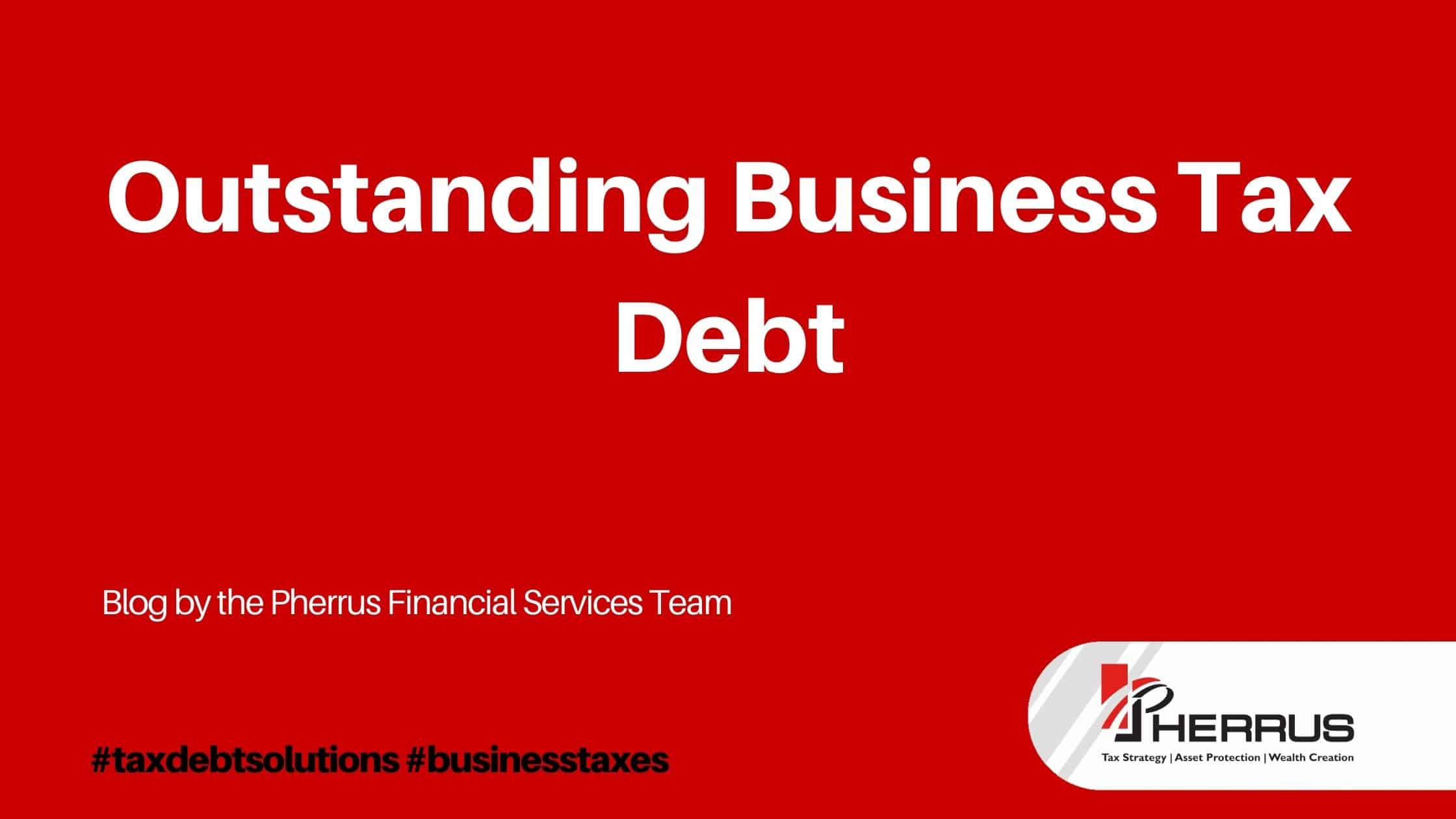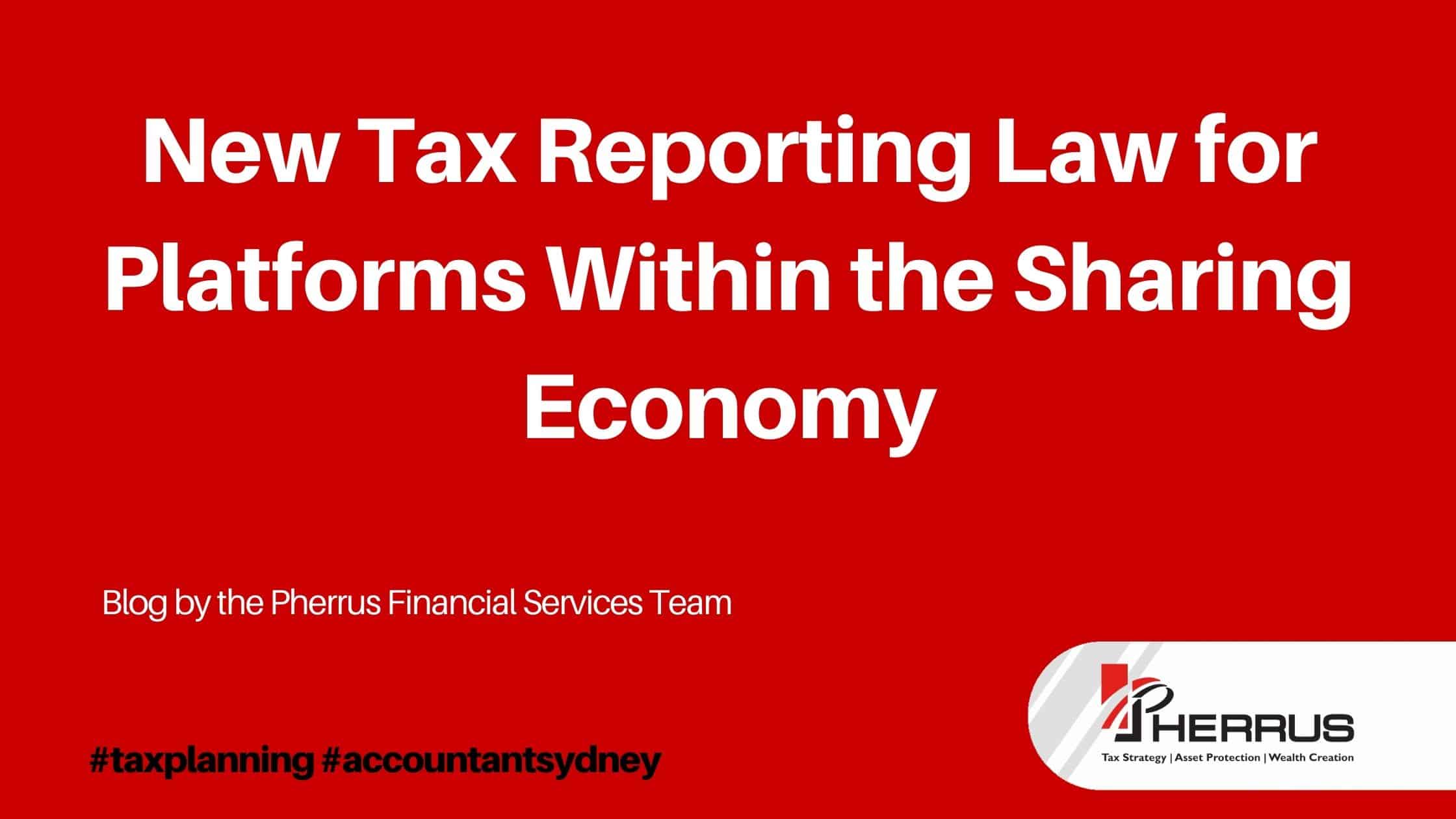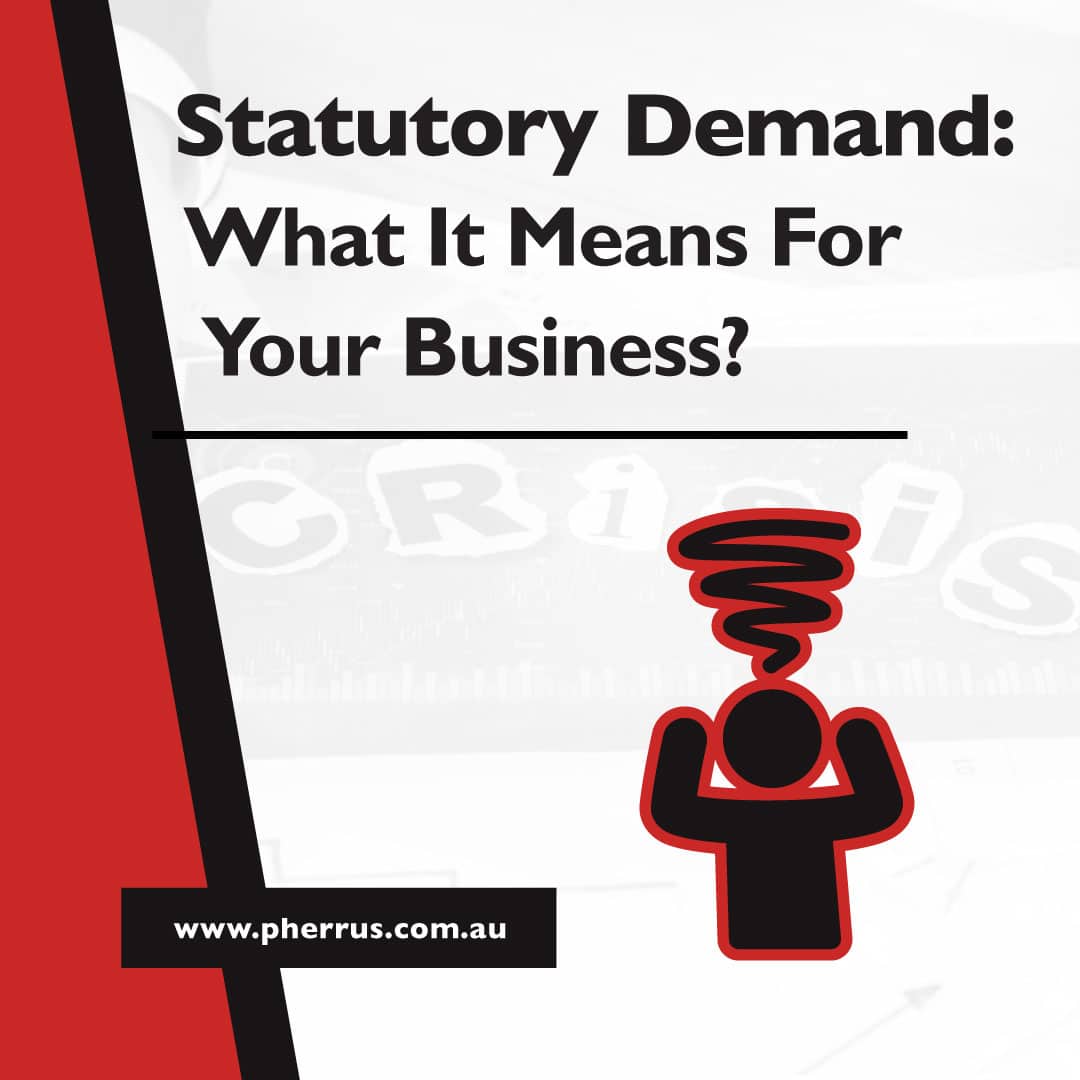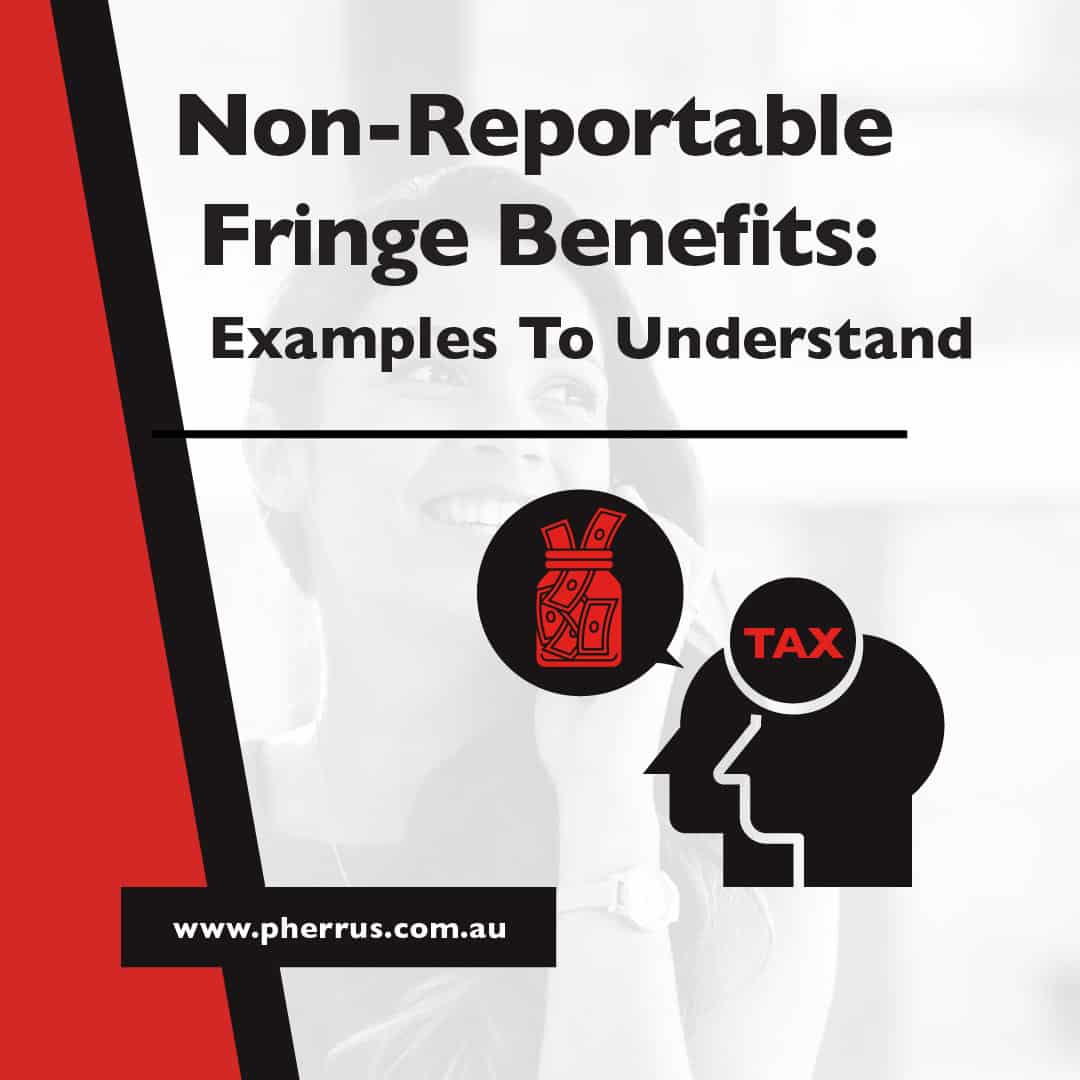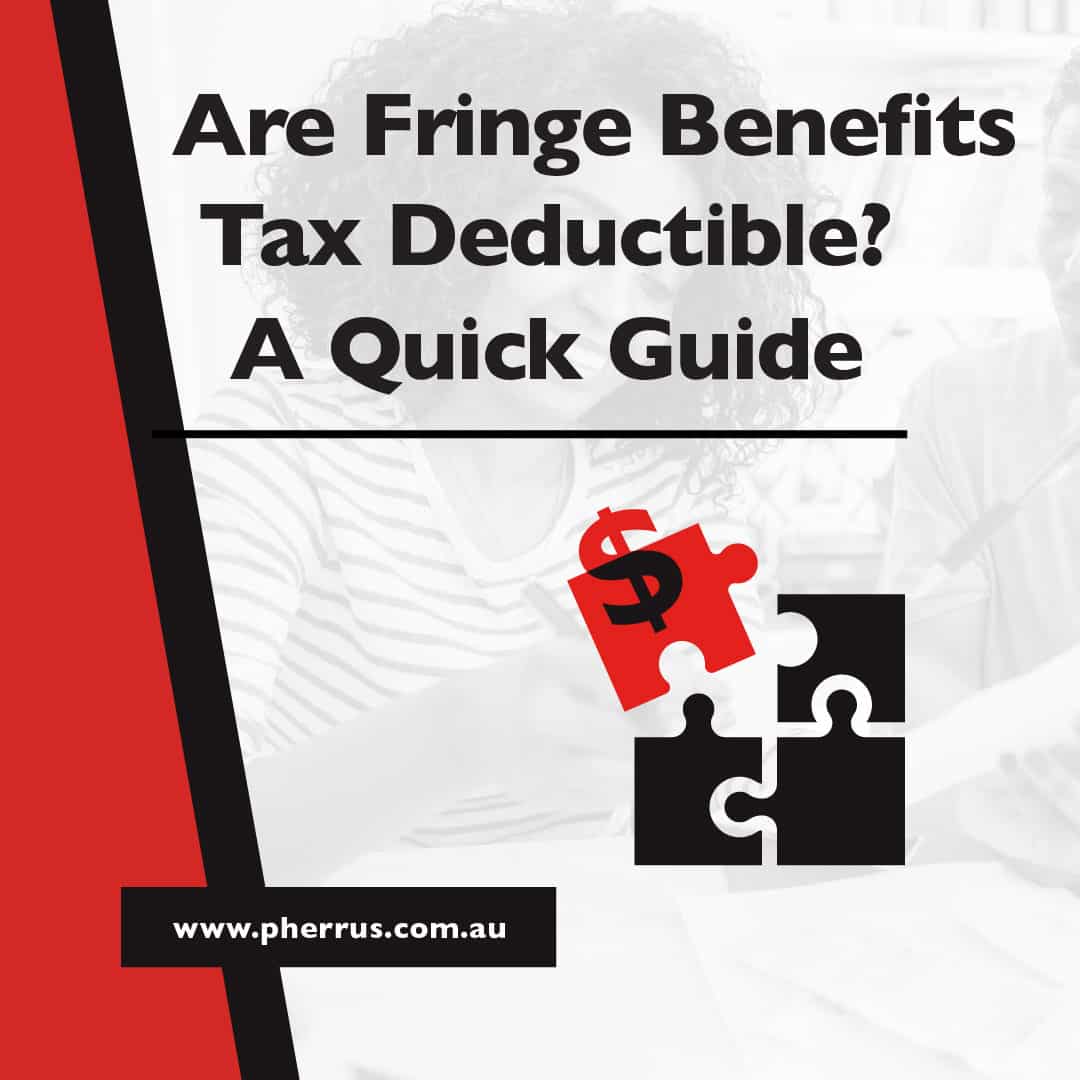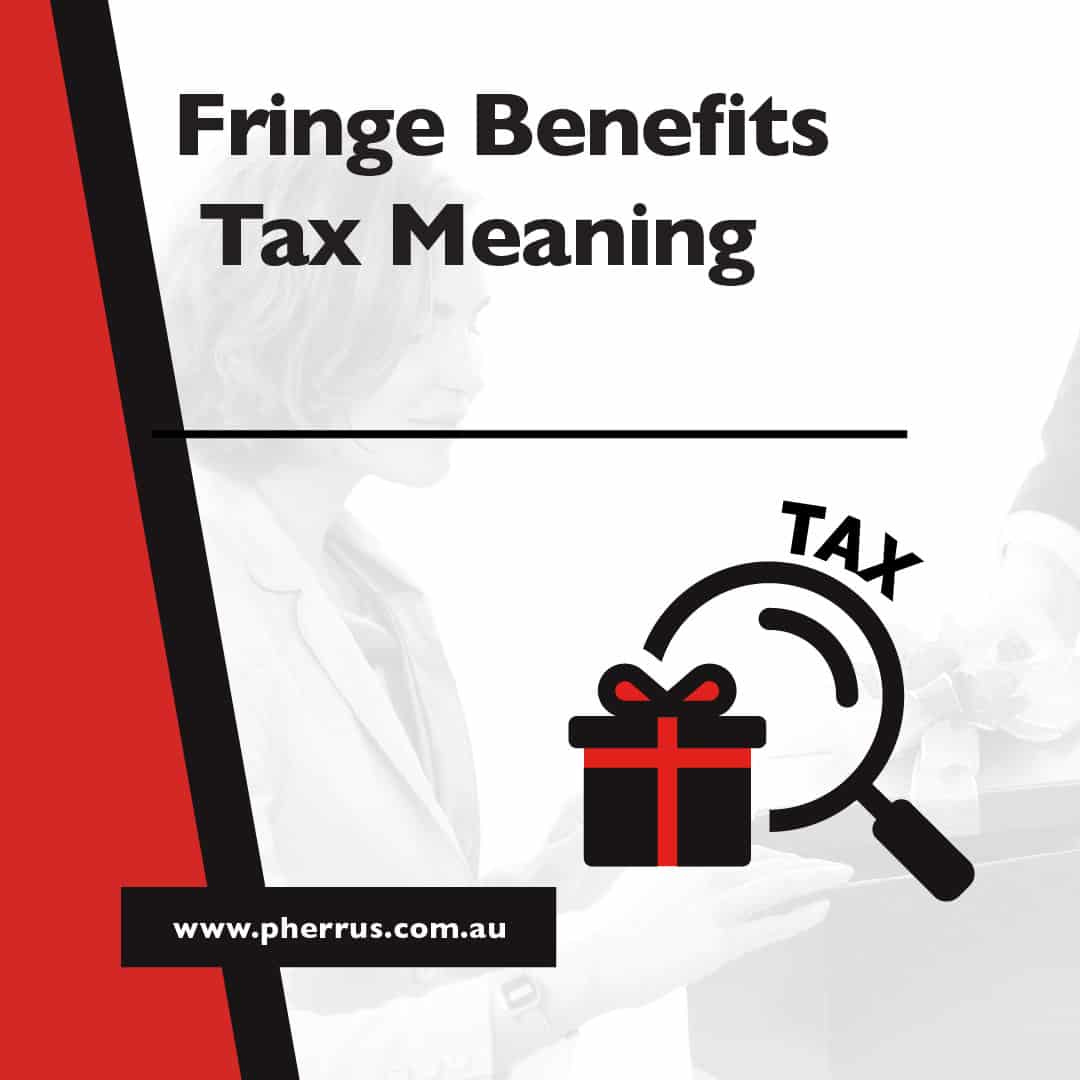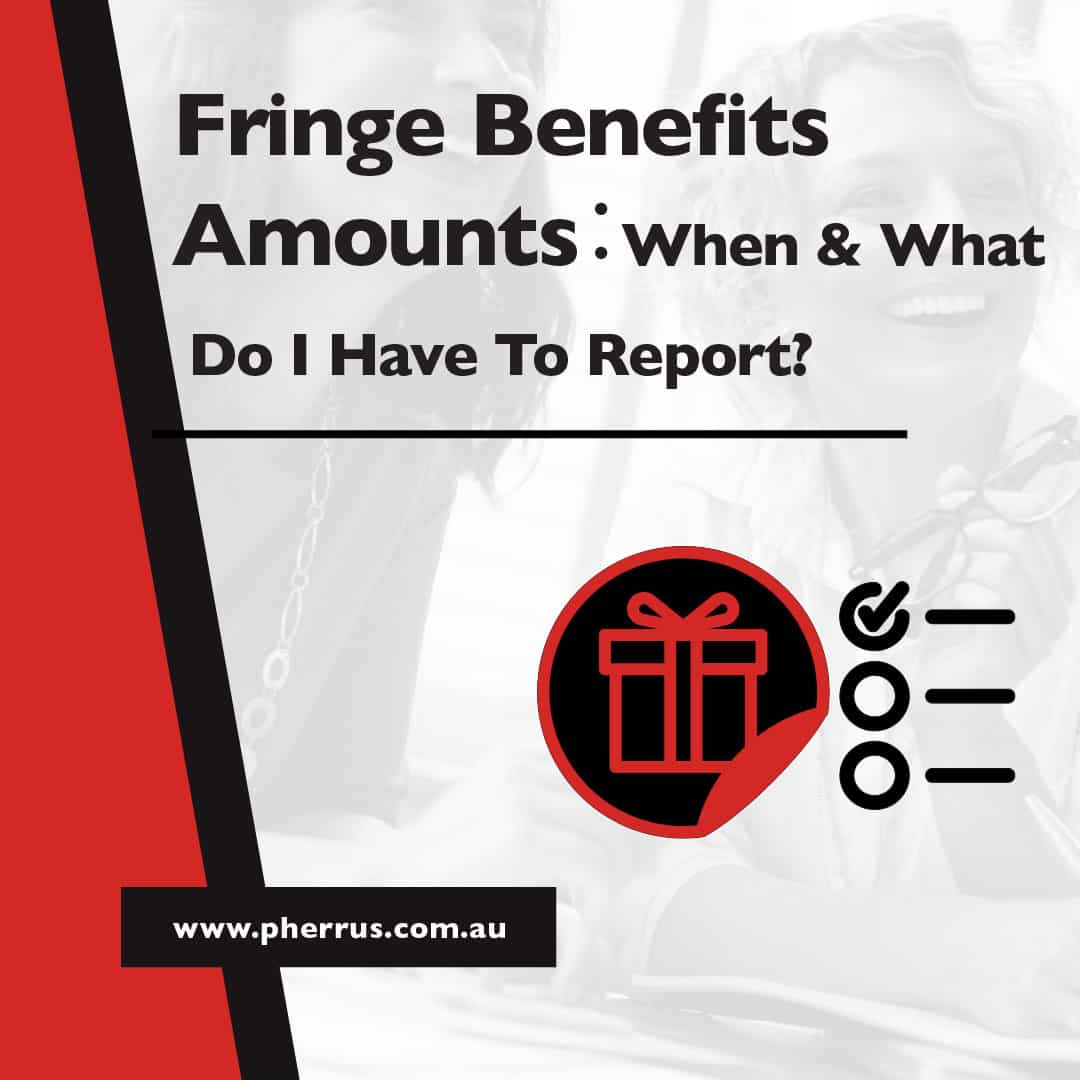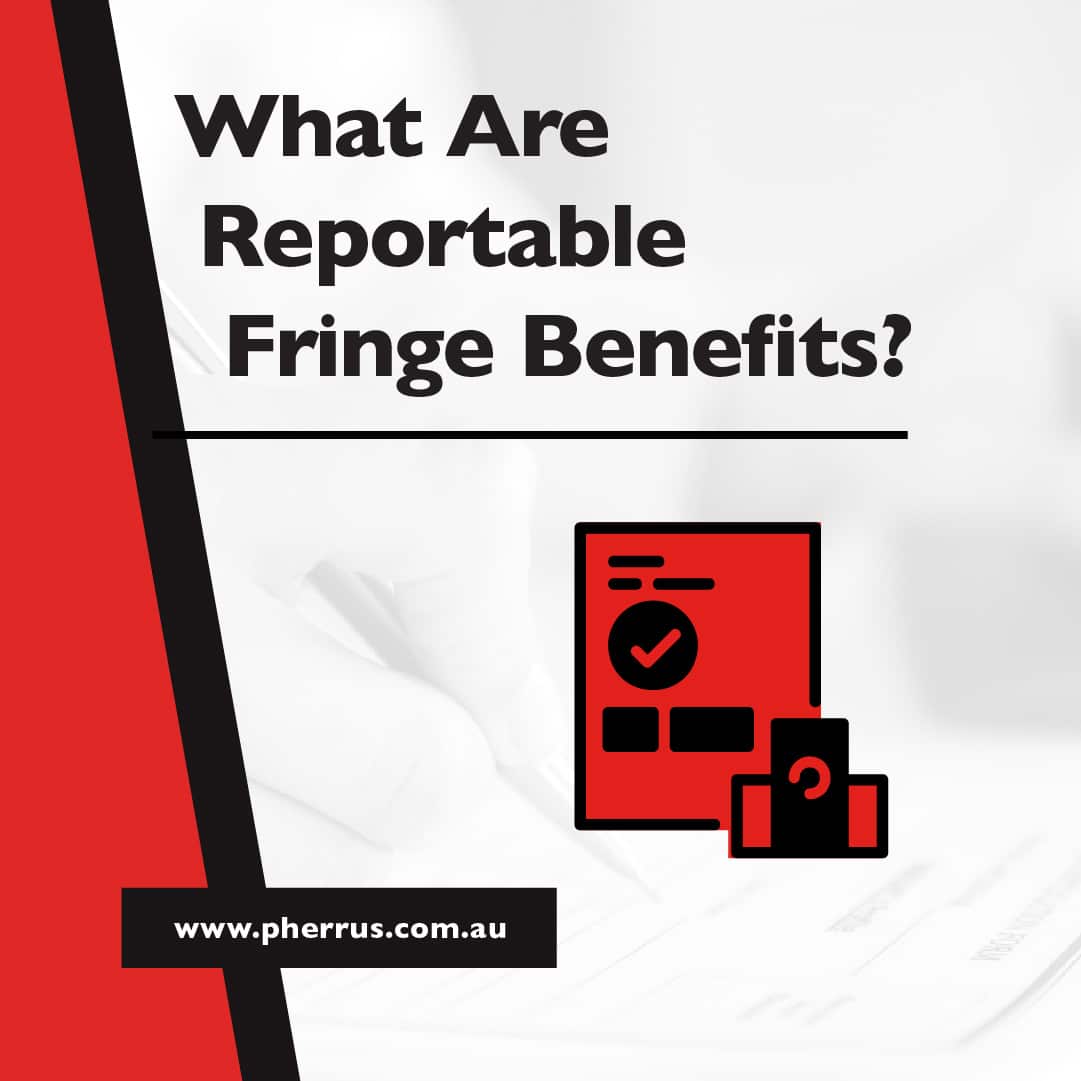Outstanding Business Tax Debt
Last July, over 22,000 Australian businesses received warnings from the Australian Taxation Office for having tax debt over $100,000 that is more than three months late. The ATO is on the hunt for a staggering $5 billion owed by businesses fitting this criteria. They’re setting a firm boundary to make things fair for everyone in…

